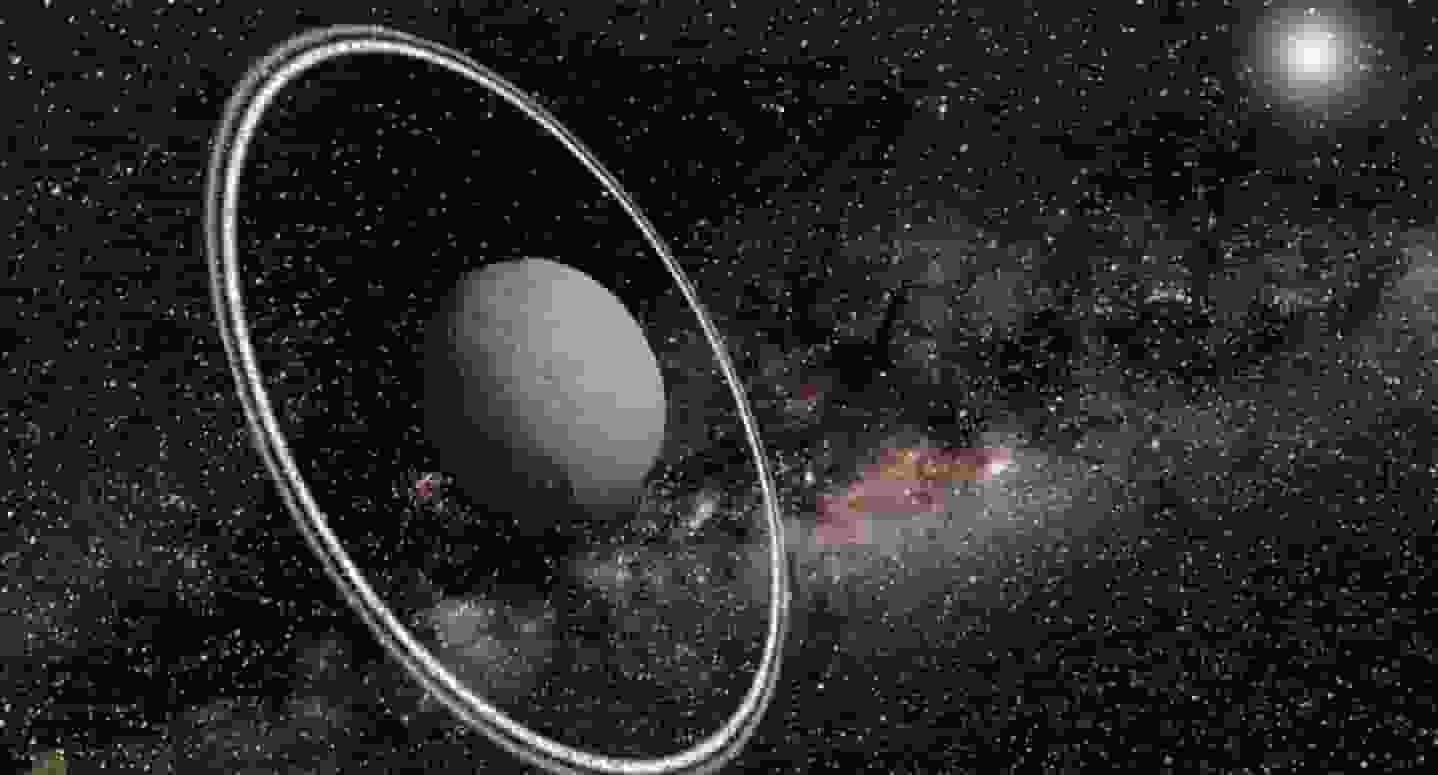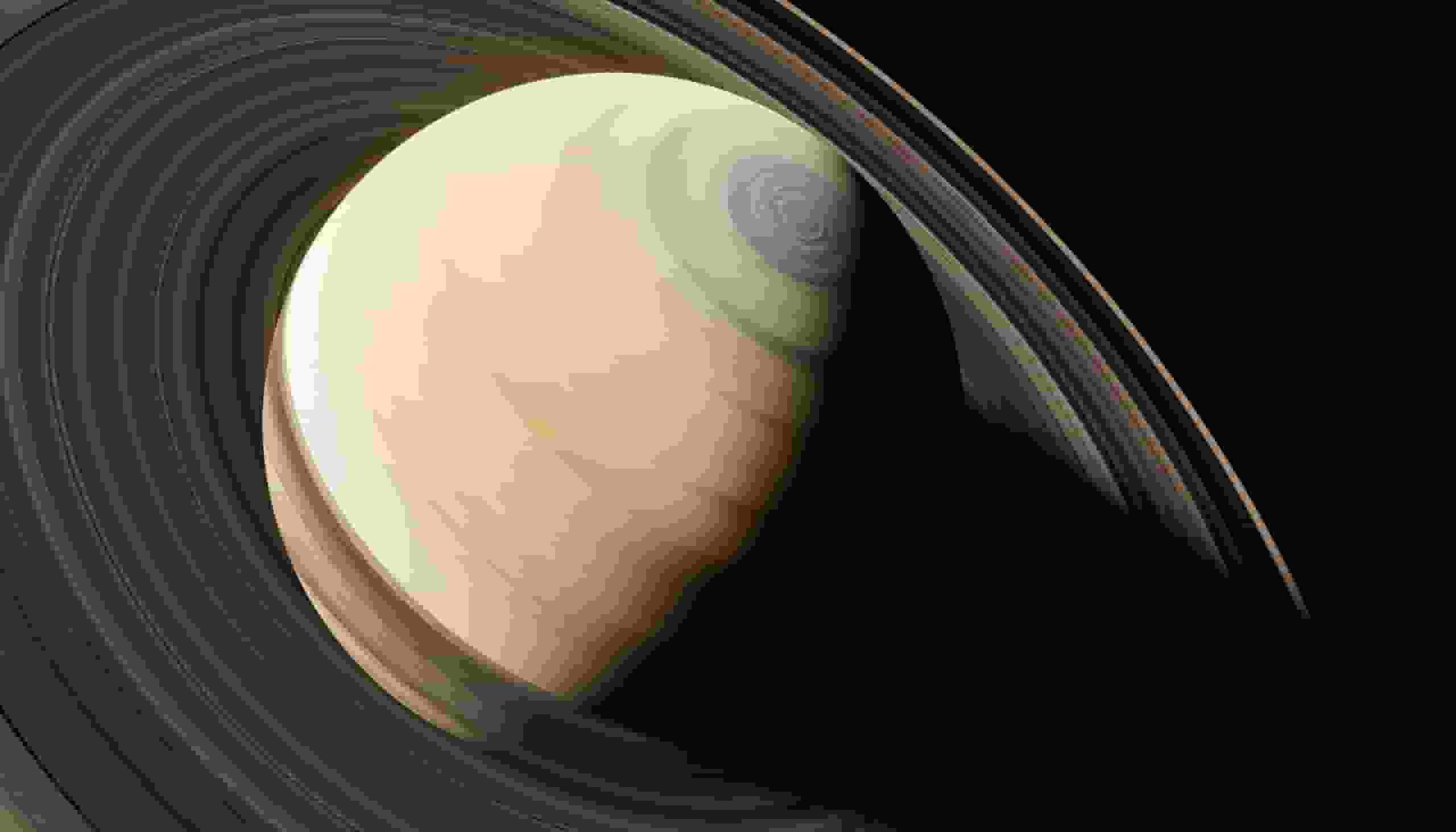
The CHEOPS telescope operated by the European Space Agency typically searches for planets outside of our solar system, but recently it made an intriguing discovery that was closer to home: a sizable ring surrounding the dwarf planet Quaoar.
The dwarf planet Quaoar, which is situated in the Kuiper belt about 44 times farther from the sun than Earth is, was the site of the ring’s discovery.
Quaoar Dwarf Planet
The planet is only 690 miles across, but the ring that surrounds it has a radius that is seven and a half times that. Even with a powerful space-based telescope like CHEOPS, the planet is difficult to observe due to its small size and great distance from the sun.
Researchers had to wait for occultations, in which a background star passes in front of another star and blocks out its light, in order to observe the dwarf planet. But these occurrences are uncommon and unpredictable.
The discovery raises the possibility that researchers may need to reassess their understanding of how moons and rings form and are influenced by their larger companions’ gravitational fields.
Quaoar was found in 2002 and has since proven to be a fascinating little ball of rock despite only being 1,110 kilometers (690 miles) across. It exhibits ice volcanism, and it even has a sweet little moon named Weywot that is only 170 kilometers in diameter.
Astronomers discovered something else in 2021, though. They were observing an occultation, a type of observation where a star is obscured by another star, as Quaoar, a dark shadow in the outermost regions of the Solar System, moved into position.
An Australian ground-based telescope’s observations made it appear as though the dwarf planet may be home to a ring.
Read more: Is moon dust the answer to global warming?
Brazil Astronomer Looks For More Evidence

A team of astronomers headed by Bruno Morgado of the Federal University of Rio de Janeiro in Brazil searched for additional evidence.
However, you can’t just point a telescope at a tiny dwarf planet in the dense darkness of the Kuiper Belt and hope to see any detail, let alone the rings themselves.
Instead, the researchers had to rely on information gathered by numerous ground-based telescopes between 2019 and 2020, searching for more occultations, as well as observations of the occultation he and his team had collected in 2021 using the CHaracterising ExOPlanet Satellite of the European Space Agency (ESA) (Cheops).
To demonstrate that the ground-based hints of a ring were not the result of atmospheric distortion, Cheops, who is based in space, was required.
Read more: Astronomers uncover rare, potentially habitable Earth-like planet with eternal day and night

